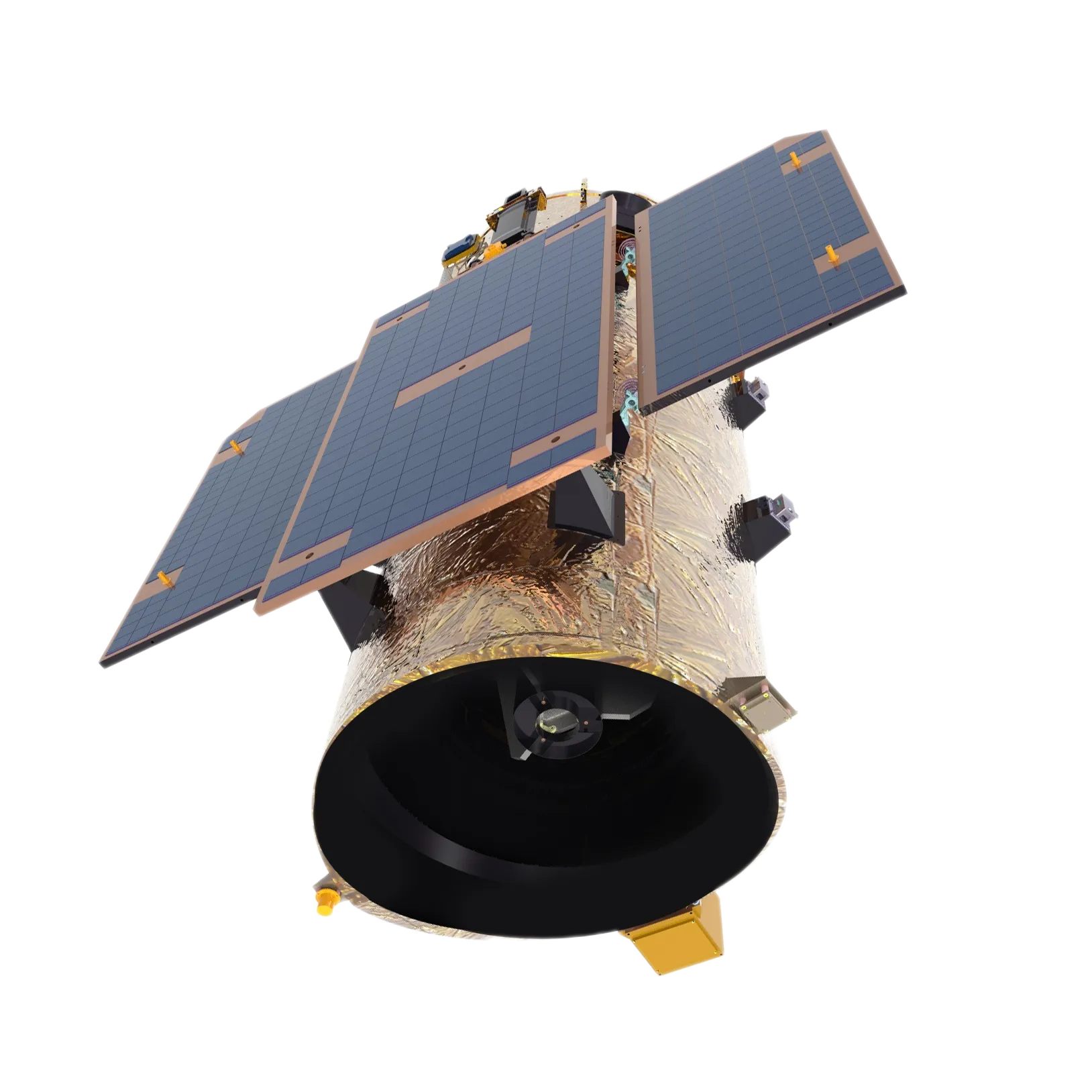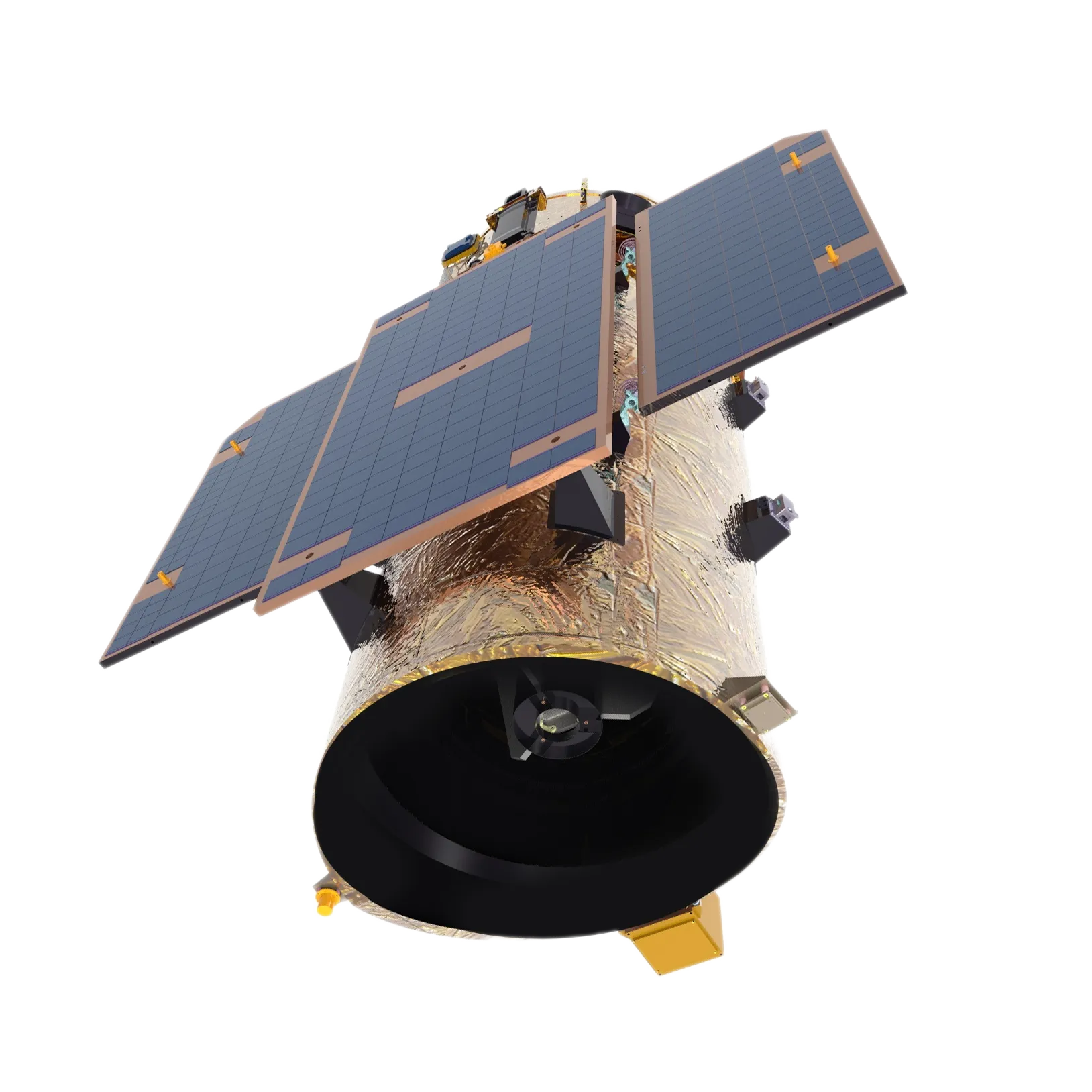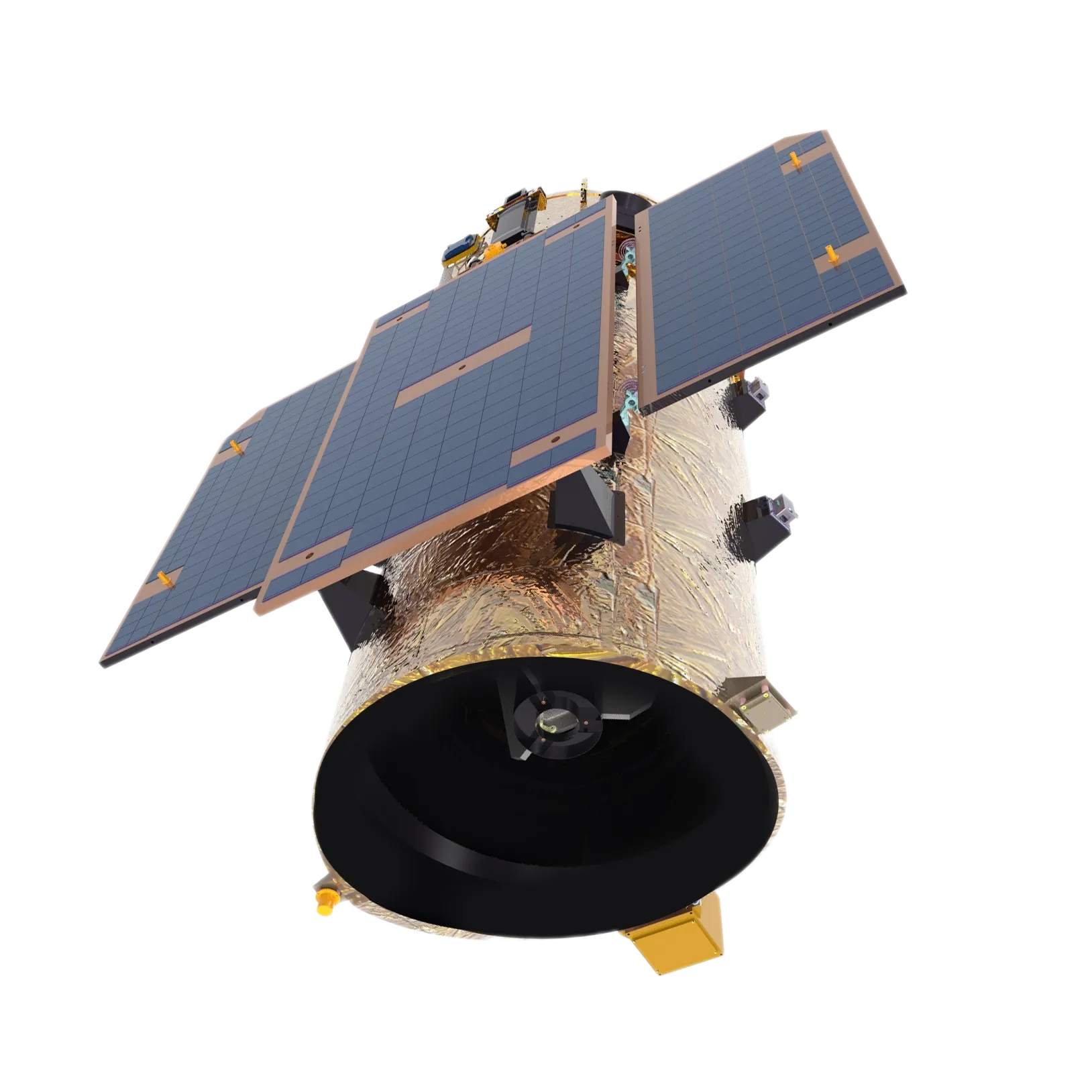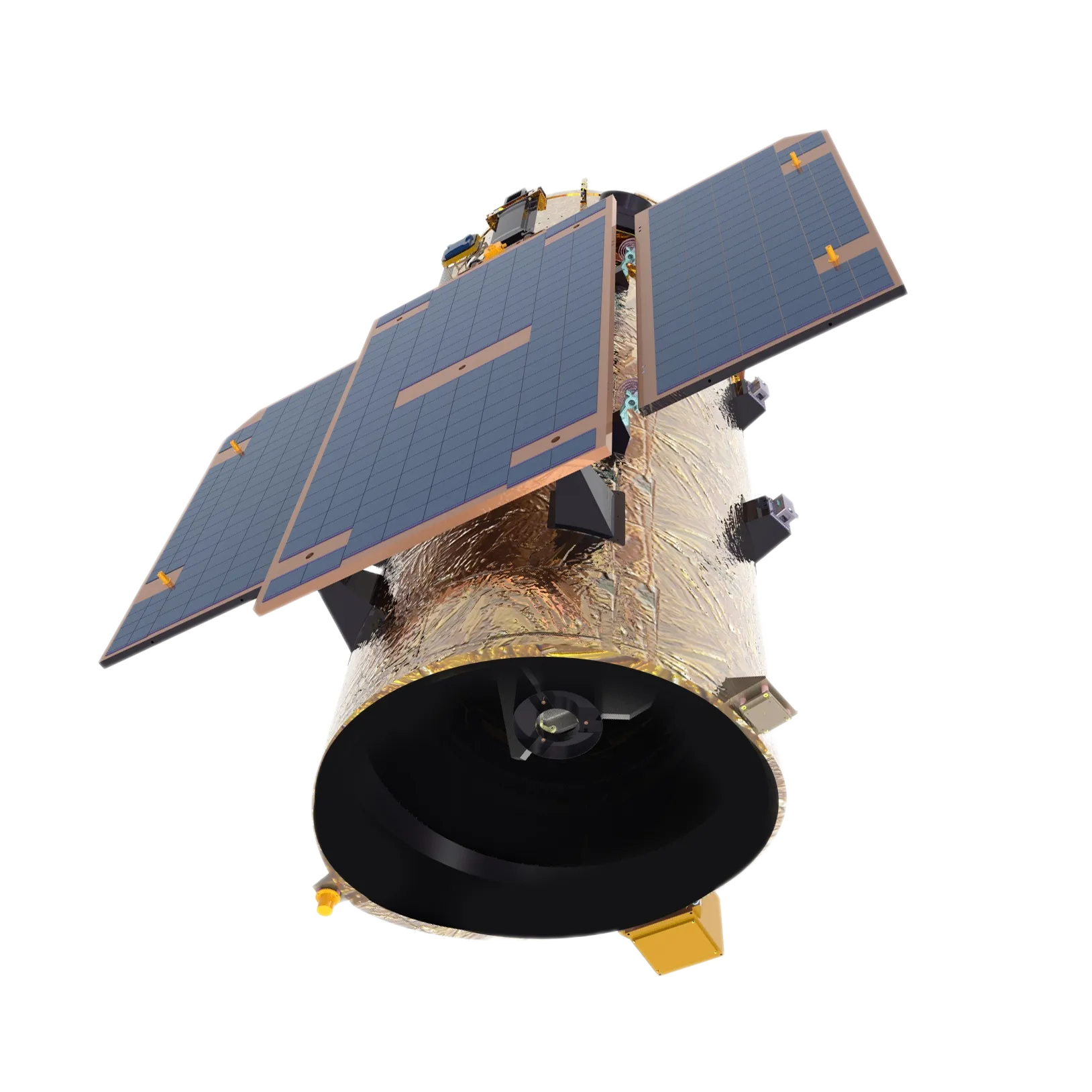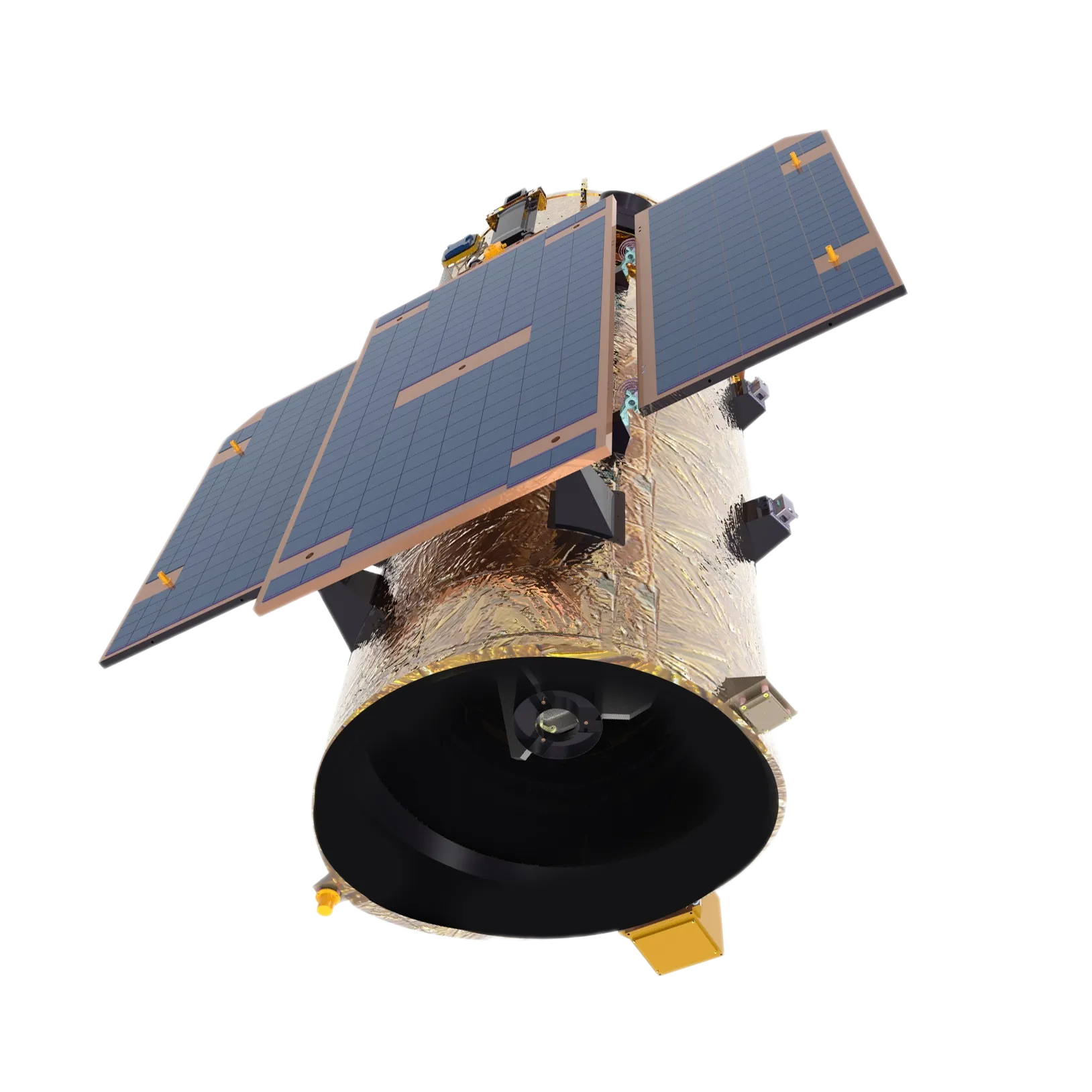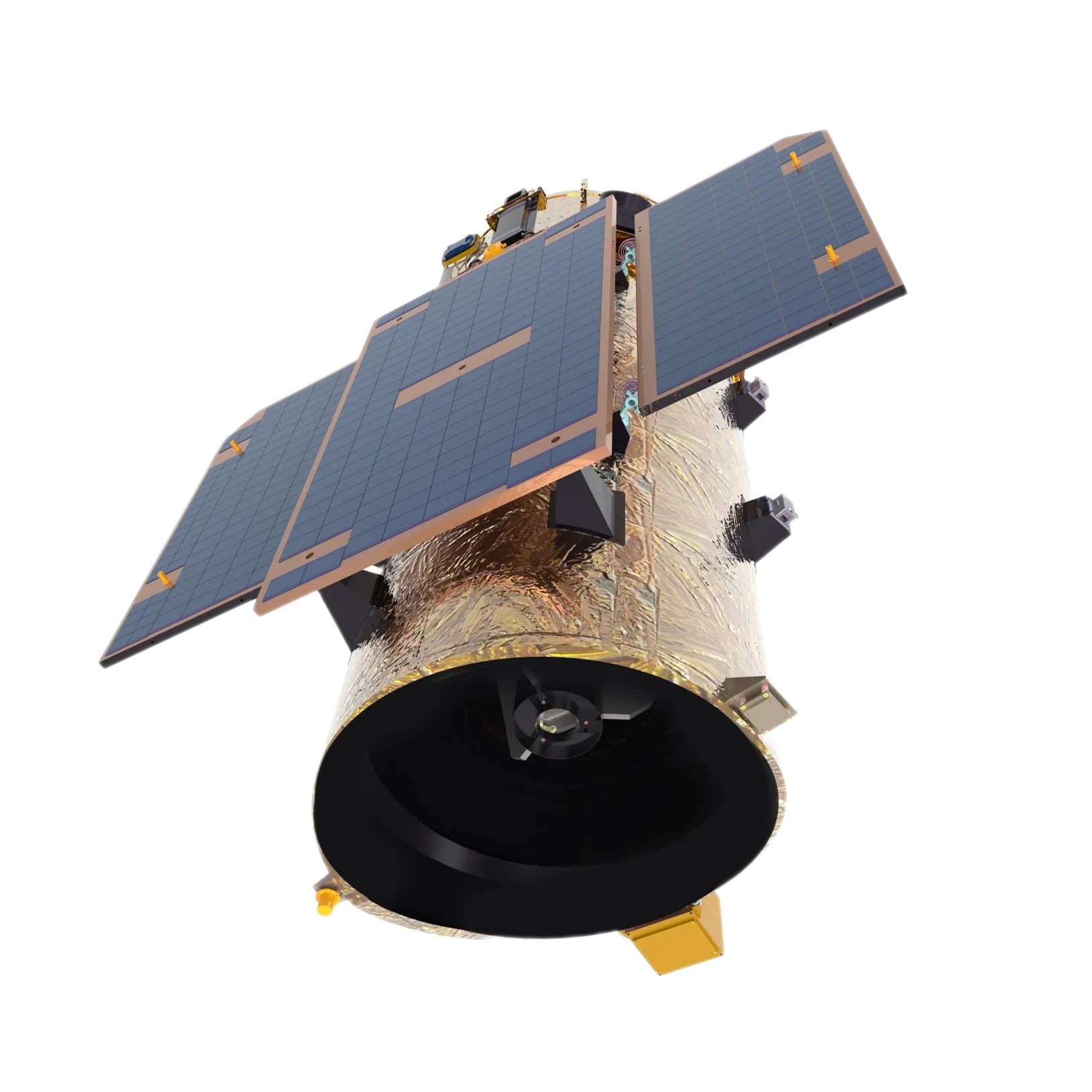
- umAfrika
- Isi-Albania
- Isi-Amharic
- Isi-Arabhu
- Isi-Armenian
- Isi-Azerbaijani
- Isi-Basque
- IsiBelarusian
- Isi-Bengali
- Isi-Bosnia
- IsiBulgaria
- IsiCatalan
- Cebuano
- China
- IsiCorsican
- IsiCroatia
- IsiCzech
- IsiDanish
- IsiDashi
- IsiNgisi
- Isi-Esperanto
- Isi-Estonian
- IsiFinnish
- IsiFulentshi
- IsiFrisian
- IsiGalicia
- IsiGeorgia
- IsiJalimane
- isiGreki
- IsiGujarati
- IsiCreole saseHaiti
- IsiHausa
- isi-hawaiian
- IsiHebheru
- Cha
- Miao
- IsiHungary
- Isi-Icelandic
- igbo
- Isi-Indonesian
- i-irish
- IsiNtaliyane
- IsiJapane
- Isi-Javanese
- Isi-Kannada
- kazakh
- I-Khmer
- OwaseRwanda
- IsiKorea
- IsiKurdish
- IsiKyrgyz
- Umsebenzi
- IsiLatini
- Isi-Latvian
- IsiLithuanian
- Isi-Luxembourgish
- IsiMacedonian
- Isi-Malagasy
- Isi-Malay
- Isi-Malayalam
- IsiMaltese
- IsiMaori
- IsiMarathi
- IsiMongolia
- eMyanmar
- IsiNepali
- IsiNorwegian
- IsiNorwegian
- Isi-Occitan
- Isi-Pashto
- isiPheresiya
- IsiPolish
- IsiPutukezi
- IsiPunjabi
- IsiRomania
- IsiRashiya
- IsiSamoa
- IsiScottish Gaelic
- IsiSerbia
- IsiNgisi
- IsiShona
- Sindhi
- IsiSinhala
- IsiSlovak
- IsiSlovenian
- eSomalia
- ISpanishi
- IsiSundanese
- IsiSwahili
- IsiSwidi
- IsiTagalog
- Isi-Tajik
- IsiTamil
- IsiTatar
- Isi-Telugu
- IsiThai
- IsiTurkey
- IsiTurkmen
- Isi-Ukraine
- Isi-Urdu
- Isi-Uighur
- Isi-Uzbek
- IsiVietnamese
- Isi-Welsh
- Usizo
- Isi-Yiddish
- IsiYoruba
- Zulu
Satellite Platforms: The Foundation of Remote Sensing Satellite Missions
In the realm of space technology, platform satellites serve as the essential foundation supporting the complex operations of remote sensing missions. These platforms encompass the structural and functional systems that enable satellites to carry payloads and perform observations of the Earth. Understanding the satellite bus structure and the role of satellite platforms in remote sensing is vital for grasping how satellite missions succeed in delivering critical data.
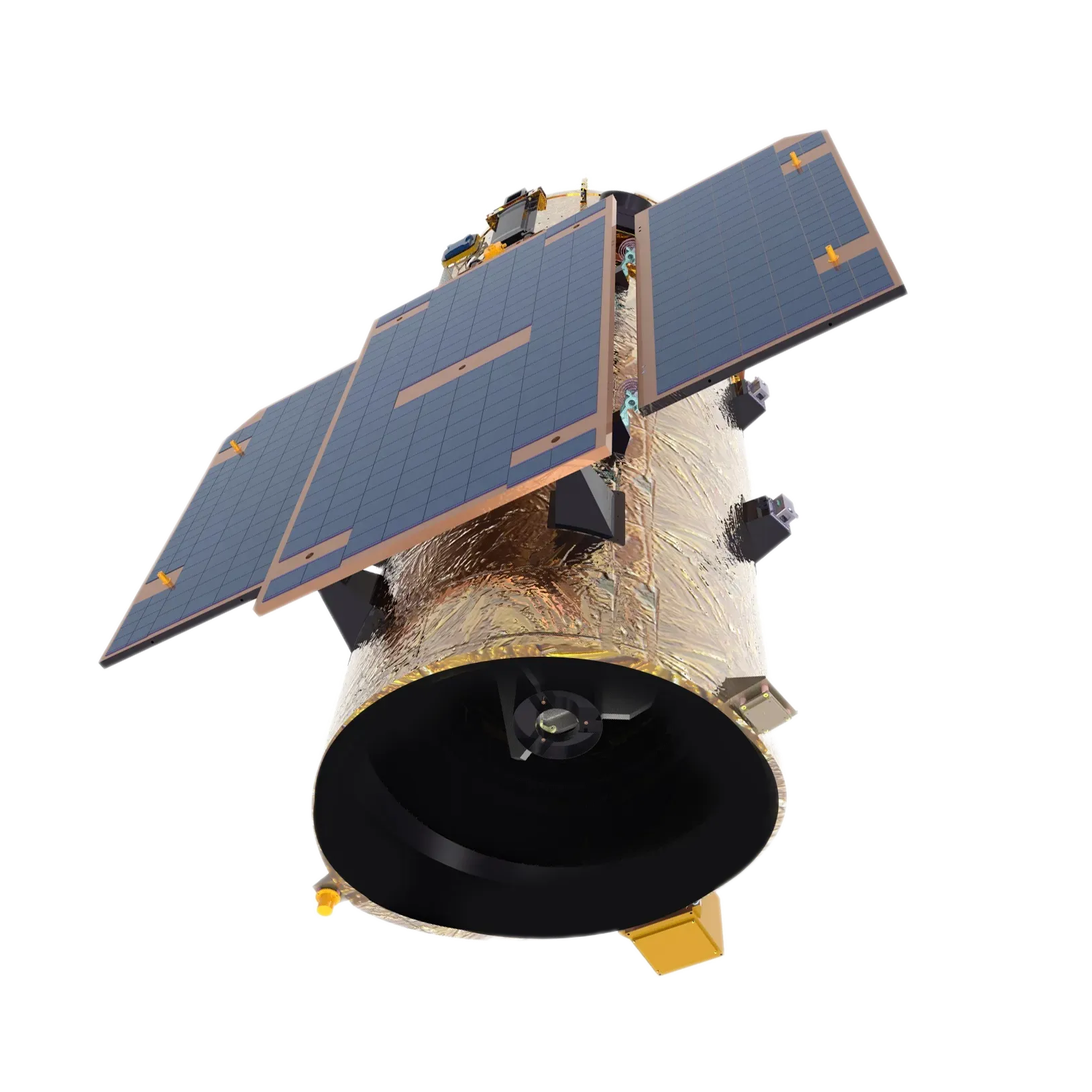
What Is a Platform Satellite?
A platform satellite refers to the satellite’s main body, including all subsystems that maintain satellite operations—such as power generation, thermal regulation, communication, and orientation control. It is designed to support various payloads, including sensors and instruments used for remote sensing tasks. The reliability and design of the platform directly influence the accuracy and longevity of the satellite’s mission.
The Satellite Bus Structure Explained
The satellite bus structure is the modular chassis that integrates the satellite’s subsystems and payloads. This structure must provide mechanical support and withstand the harsh conditions of space, including extreme temperatures and radiation. A well-engineered bus structure ensures the stability and functionality of the satellite during launch and while in orbit. Innovations in bus design aim to reduce weight and improve energy efficiency, contributing to longer mission lifespans.
The Role of Satellite Platforms in Remote Sensing
Satellite platforms in remote sensing are tailored to facilitate the acquisition of high-quality Earth observation data. These platforms provide stable support for various remote sensing instruments, such as optical cameras, radar systems, and multispectral sensors. Their design ensures precise positioning and orientation, which are critical for obtaining clear and accurate satellite images used in agriculture, climate monitoring, disaster management, and urban planning.
Satellite Bus Manufacturers and Industry Impact
The advancement of satellite technology heavily relies on the expertise of abakhiqizi bamabhasi besathelayithi. These companies design and produce robust and versatile bus platforms that meet specific mission needs. Leading manufacturers collaborate with research institutions and satellite operators to integrate the latest technologies, enabling platforms that support a wide range of remote sensing applications with improved performance and reduced costs.
Conclusion
Platform satellites and their underlying satellite bus structure form the backbone of successful remote sensing missions. The precision and durability of satellite platforms in remote sensing directly affect the quality of data collected, influencing fields from environmental science to national security. With continued innovation by abakhiqizi bamabhasi besathelayithi, future satellite platforms will deliver even greater capabilities, enhancing our understanding of the Earth and beyond.






